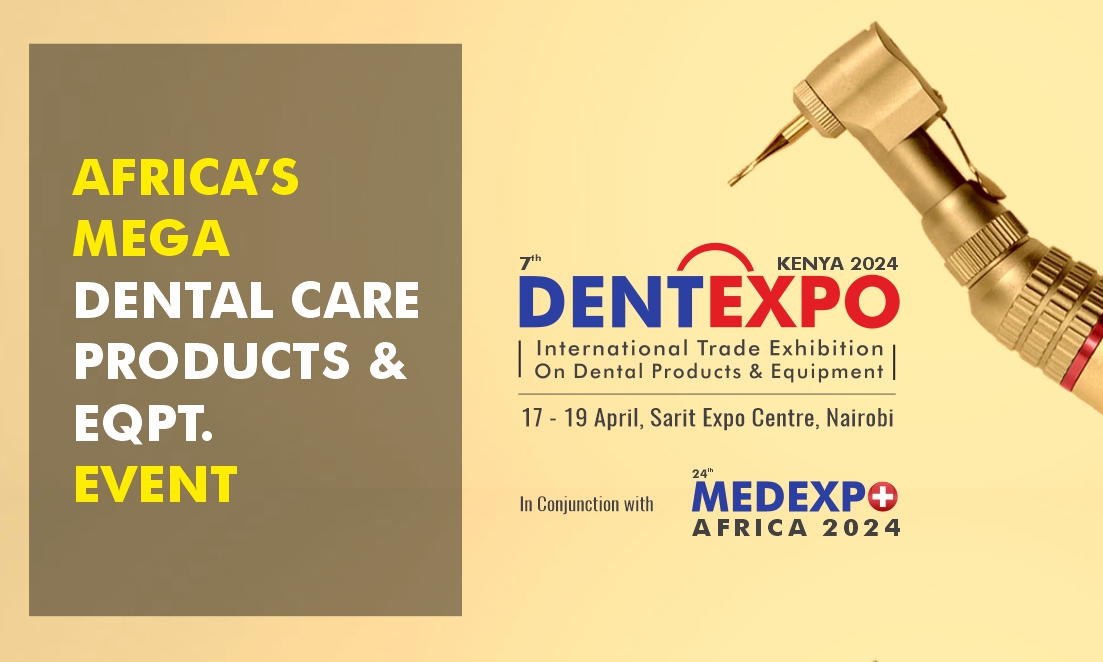

Country / City Info

Kenya is located in Eastern Africa, bordering the Indian Ocean, between Tanzania and Somalia. It covers an area about twice the size of Nevada. Kenya has a tropical climate along the coast, turning increasingly arid farther inland. Low plains rise into central highlands bisected by the Great Rift Valley, with a fertile plateau in the west. Natural resources include gold, limestone, soda ash, salt barites, fluorspar, garnets, wildlife, hydropower, and rubies.
Over 31 million people live in Kenya. Both English and Swahili are official languages of Kenya, while numerous indigenous languages are spoken as well. Ethnically, Kenya is comprised primarily of Africans (99%) including the following groups: Kikuyu (22%) Luhya (14%) Luo (13%) Kalenjin (12%) and Kamba (11%). The country's religious groups include Protestant (38%) Roman Catholic (28%) indigenous beliefs (8%) and others.
In December 2002, Miwai Kibaki ended the 24 year rule of Kenya’s second president, Daniel arap Moi in a landslide. Moi’s earlier designation of the son of the first president as his successor, caused a number of cabinet resignations and solidified the opposition. The elections took place against a backdrop of economic adversity caused by a recession which was due to drop in tourism. International terrorist activities, and spiraling criminal and political violence account for the drop in tourism.
The strength of the tourist industry coupled with years of growth in manufacturing and services has made Kenya, especially Nairobi, the commercial center of East Africa. But after 4 decades of independence, most Kenyans remain impoverished citizens of a struggling state. The richest 10% of the population own an estimated 40% of the wealth. The poorest 30% own only 10%. In the past, economic growth has not greatly improved poverty rates. Kenya has a relatively large middle class that resents repression and corruption from government sources but is fearful of anarchy especially in the face of interethnic clashes.
The social structure has been burdened by the influx of some 300,000 refugees from the neighboring states of Ethiopia, Somalia and Sudan. In addition, the population growth rate has only recently been reduced from 3.0%. More than half of all Kenyans are younger than 15 years old. Pressure on arable land is enormous. Creating employment for the number of agrarian workers relocated to urban settings will also be difficult.
Water pollution; deforestation; soil erosion, poaching and water hyacinth infestation in Lake Victoria are Kenya’s primary environmental concerns. Growth of the economy to benefit all classes is an elusive goal. Managing interethnic violence has not been made easier with the influx of around 300,000 refugees. In addition, the effect of AIDs on 13% of the population will exert pressure.
Area: 224,900 square miles Capital: Nairobi (pop 2,343,000) Environmental concerns: water pollution; deforestation; soil erosion; poaching; water-hyacinth infestation in Lake Victoria Geographical features: low plains rising to central highlands bisected by the Great Rift Valley with fertile plateau in the west Climate: tropical to arid
31,140,000 people; Kikuyu (22%); Luhya (14%); Luo (13%); Kalenjin (12%); Kamba (11%) Annual growth rate: 1.15% Major languages are English; Kiswahili; Maasai Religions: Protestant (38%); Catholic (28%); indigenous beliefs (26%)
Life expectancy: Men, 46 years; women, 48 years Infant mortality: 67.2 deaths per 1000 live births 50 % of the population lives in poverty 1 physician per 5,999 people HIV/AIDS Rate in Adults: 13.5% 78% of adults are literate Compulsory education (Ages): 6-14 years; free
310,000 main telephone lines 400,000 Internet users (2002) 38,198 miles of highway 1,654 miles of railroad 231 airfields 357,000 motor vehicles
Kenya is a republic and gained its independence from the United Kingdom on December 12, 1963 President Mwai Kibaki is both head of state and government 3 major political parties Universal suffrage at 18
Military expenditures are 1.8% of the Gross Domestic Product (GDP) Current disputes include border conflict with Sudan; civil unrest and interethnic violence; tensions with Somalia
 Currency: shillings Per capita GDP: $1,000 GDP: $ 31 billion GDP growth rate: 1% Inflation rate: 3.3% Labor force: 75-80% agriculture
Currency: shillings Per capita GDP: $1,000 GDP: $ 31 billion GDP growth rate: 1% Inflation rate: 3.3% Labor force: 75-80% agriculture
Natural resources: gold; limestone; soda ash; salt barites; rubies; fluorspar; garnets; wildlife; hydropower Agriculture: coffee; tea; corn; wheat; sugarcane; fruit; vegetables; livestock and dairy products Industry: small-scale consumer goods; agricultural processing; oil refining; cement; tourism Exports: $1.8 billion Imports: $3.1 billion
Please Select an Option

Expogroup
Expogroup is a full service exhibition organiser with over 28 years experience in International trade exhibitions. Our current portfolio includes 28 annual exhibitions from a diverse range of industries being held across the Middle East & Africa.
EXPOGROUP © 1996 - 2025 | Privacy policy

